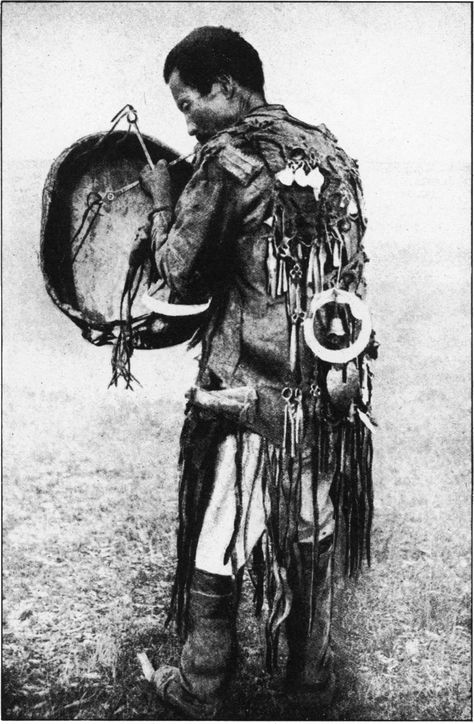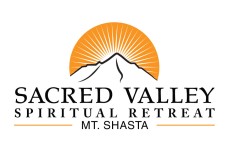
Mirroring or Building Rapport for Healers and Coaches
By Alan Waugh, Sacred Valley Spiritual Retreat
One of the first things that I realized that was really important when embarking on a career path as a healer or spiritual coach was to quickly build trust and rapport with the Client. I was lucky to have had a lot of experience with understanding that everybody’s need in that respect is different. I had volunteered for 20 years as a Hospice bedside volunteer and with experience, had learnt to read the ‘Energy of the Room’. I noticed that I was making an internal energetic shift as I observed the different energy and body language of the patient whose room or bedside space I was entering. With all this bedside experience under my belt with thousands of interactions in such a mindful setting, I learnt the value in how that would serve me in later life when I started more actively teaching, mentoring and supporting people on their healing path.
One way I teach the techniques I learnt was through the practice of Mirroring a client. This process of ‘Mirroring’ is also known as building rapport.
It’s important to quickly build trust and rapport with clients, to harmonize and facilitate a quick deepening of their healing.
In doing so, you will quickly be able to understand what they’re expressing and what they’re feeling, as communication between you seems to just naturally flow.
The way this can be built through ‘mirroring’, a subtle form of mimicking, that is really a matching of what they are doing with both body and verbal language. This would be not just in words, hand movements or posture but also through breathing rhythms and leg positions.
It’s important not to be obviously mimicking, otherwise it will have the opposite effect to that desired, whereby they feel offended or ridiculed.
As you get more proficient in this technique you will start to pace them (going with their lead) and then slowly introduce your own ‘leading gestures’, that they then spontaneously follow. When you witness them do that, you know that you have successfully built rapport with them and can start the next phase of the healing process through hypnotherapeutic techniques, autosuggestion, guided imagery or other re-entrainment processes.
An example of the way you can start to ‘lead’ is by simply tapping your fingers, if they are tapping their feet and see if they switch to follow your finger tapping. You could also lower the pitch of your voice or start blinking in a particular rhythm and see if they follow suit.
Once you realize rapport has been built, you can also create a leading process to get them deeper into their experience by slowing down your brain waves to theta state. As they match you, you can in this way, help get them into a more ‘suggestible’ state for other healing processes such as energy healing or shamanic healing work. Building rapport is building trust. Building trust opens the opportunity to stimulate the homeostatic response in the client through the Placebo effect, or other powerful healing triggers.
You may see this as manipulative but if is done for their benefit, it will allow for a deeper transformational opportunity. My adage is – If it works: use it. Shamans throughout the world have been using costumes or paraphernalia for eons to impress their clients to stimulate this response.

Deepening Connection through Similarity
Often when doing healing sessions, I will recount an experience that in some ways match their own experience to illustrate to them how I was able to transform a challenging time into a positive one. As people like people- like themselves, this helps not only to build rapport, it also offers them hope and inspiration on their own healing journey.
When your client feels they have a connection with you, due to their own similar experiences or use of language, they see you as a kindred spirit, and are more likely to open up to you.
Its also helpful to build areas of commonality where you can, such as finding you having traveled to the same countries, like similar fashion, music fashion, sport, reading etc. By the same token, if you practice different religions or have opposing political views, it’s probably best not to bring that up.

Language
One other powerful way to Mirror, is to use the same language that they use to describe a feeling or emotion. If they say ‘sad’ its important to use that word instead of ‘unhappy’. If they said ’angry’ don’t say ‘frustrated’ and so on. They will feel heard and in control if you use their language and not minimized or usurped.
If they get excited and raised their vocal pitch or tone, you can also mirror that to get them more excited or deeper into the experience. If your vocal range stays flat and single toned, you will negate the energy that they are expressing with.
If they interject with the odd slang vernacular such as ‘Fuck’: it’s ok to do the same if it feels appropriate, though don’t get too profane or course.
Taking it Deeper
One other way I lead people is to change their use of the word ‘Think’ to the word ‘Feel’. This gets them more into their heart and will allow for the connection to the experience they are recounting to be more body based. It is here that the intuition can be connected to, and the solution to their issue – revealed
Its important to listen to which way they wish the conversation to go and if its more head based rather than body based (more factual than emotional), don’t bully them into using ‘Feel’. I usually ask them in a way they still feel in control: such as “would you be willing to use the word –Feel”, when describing that same experience.
I often will repeat back to them a significant word that I hear (usually an emotion or feeling). This allows them to feel really heard and also encourages them to continue speaking. A pregnant pause from me after they have finished speaking will also encourage them to continue.
Have fun with it. It’s amazing how some simple, paced, mirroring processes and tonal inflections can change the course of a conversation or session.

